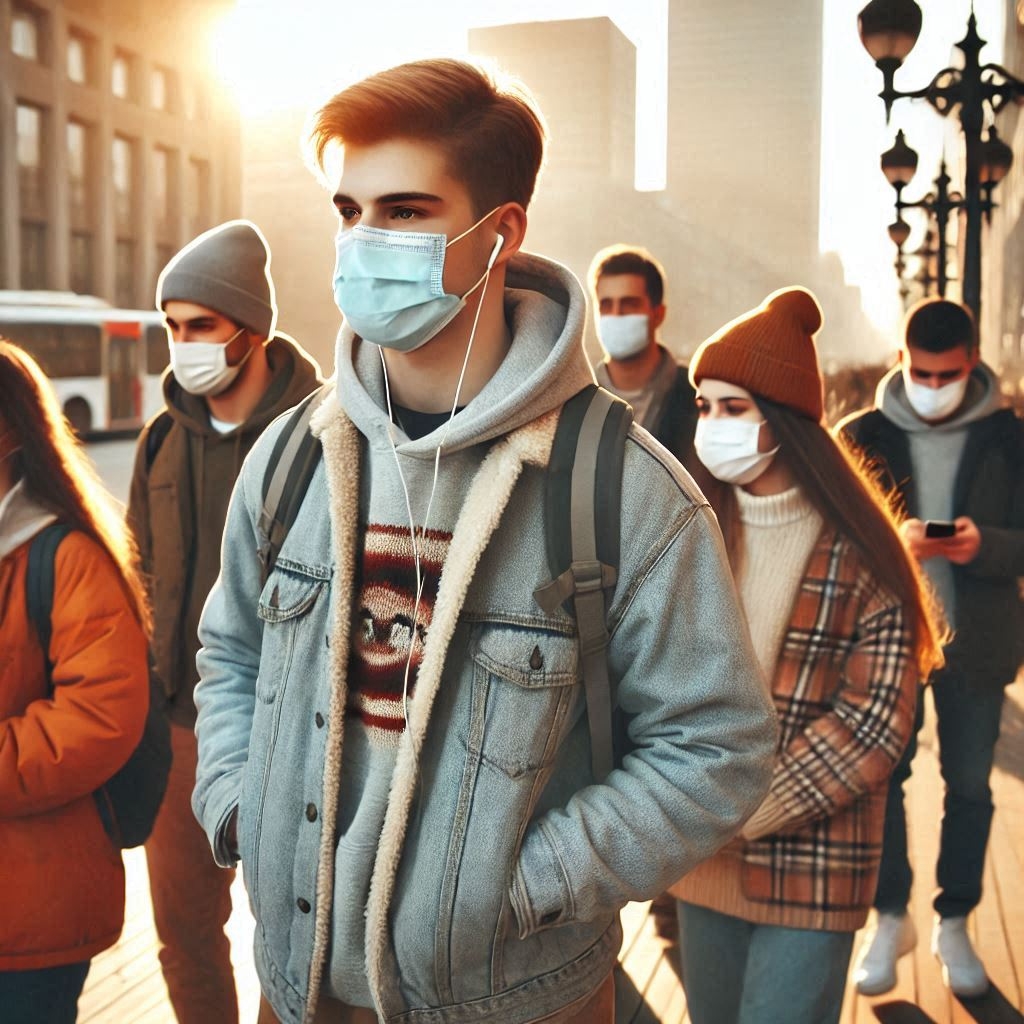Global Respiratory Disease Surge: HMPV, Flu, and the Quad-Demic Crisis
As winter tightens its grip, the world is grappling with a surge in respiratory diseases, from the United States to china, India, and beyond. While fears of a new pandemic akin to COVID-19 loom, experts caution against overreaction, emphasizing that the current situation does not meet the criteria for a global health emergency.
The Quad-Demic in the U.S.
In the united States, a so-called “quad-demic” is unfolding, with multiple respiratory illnesses spreading simultaneously. The U.S. Centers for Disease Control and Prevention (CDC) recently reported the first death linked to avian influenza H5N1 in Louisiana, marking a grim milestone in the ongoing battle against bird flu. Alongside this, cases of COVID-19, influenza, and respiratory syncytial virus (RSV) are surging, compounded by the spread of norovirus.
This convergence of illnesses has placed significant strain on healthcare systems, especially as hospitals brace for the seasonal influx of patients.
HMPV: A Growing Concern in China and Beyond
While the U.S. contends with its quad-demic, China is facing a dramatic rise in human metapneumovirus (HMPV) cases, particularly in its northern regions. According to the Chinese CDC, the surge has been ongoing since November 2024, with hospitals reporting a sharp increase in patients.
HMPV, a lesser-known respiratory virus, shares symptoms with flu, COVID-19, and RSV, including fever, cough, and shortness of breath. While mild cases typically resolve within a week, the virus can pose serious risks to vulnerable populations, such as the elderly and those with underlying health conditions.The situation in China has sparked concerns about a potential mutation or a new pandemic.Though, experts argue that the spike in cases is highly likely due to increased testing rather than a novel threat.
Testing and Transparency: A Double-Edged Sword
Professor Eom Jung-si of Gachon university Gil Hospital explains, “China has increased its testing system for infectious diseases since COVID-19. As each hospital introduced PCR devices, the number of tests increased, and as a result, the number of patients appears to have increased.”
This heightened surveillance, while beneficial for early detection, has also fueled public anxiety. “HMPV is a disease that has been prevalent for a long time, but this incident seems to have raised concerns as an unfamiliar name has become known. Excessive concerns are not good,” Professor Eom added.
Global Spread and local Impact
The ripple effects of this respiratory disease surge are being felt worldwide. In South Korea, HMPV cases are rising alongside influenza, with the latter reaching its highest levels in eight years. The simultaneous circulation of type A influenza strains H1N1 and H3N2 has further elaborate the situation.
Despite the widespread prevalence of these illnesses, the medical community remains cautious about labeling the situation a pandemic. For a pandemic to occur, a mutant virus of an existing pathogen must emerge and spread globally—a scenario that has not yet materialized.
Key takeaways: A Table of Current Trends
| Region | Primary Viruses | Key Developments |
|——————-|———————————–|————————————————————————————-|
| United States | H5N1, COVID-19, Flu, RSV, Norovirus | first H5N1 death reported; quad-demic strains healthcare systems. |
| China | HMPV | Surge in northern regions; increased testing likely driving case numbers. |
| South Korea | HMPV, Influenza (H1N1, H3N2) | Influenza cases at an 8-year high; HMPV cases rising. |
| Global Outlook | Multiple respiratory viruses | No new mutant virus detected; pandemic concerns deemed premature. |
Looking ahead
While the current surge in respiratory diseases is concerning, it underscores the importance of robust public health infrastructure and obvious interaction. As Professor Eom notes, the key lies in balancing vigilance with perspective.
For now, the world watches and waits, hoping that the lessons of COVID-19 will guide a measured response to this latest health challenge.
Stay informed and share your thoughts on how global health systems can better prepare for seasonal disease surges. Let’s keep the conversation going.
